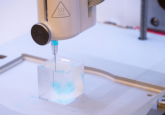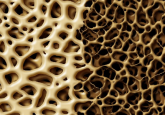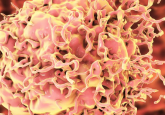New microfluidics computational modeling opens doors for complex organ bioprinting

A research team based at Stevens’ Schaefer School of Engineering and Science (NJ, US) has developed a novel computational model that can accelerate microfluidics-based bioprinting, which could pave the way for the successful printing of more complex organs. In the US alone, over 112,000 individuals are currently waiting for organ transplants, which offer life-saving solutions for those with serious illnesses. As the field of 3D printing has accelerated in recent years, its potential in producing organs on-demand for patients who need them has been recognized as a possible solution to the increasingly long organ waiting lists across the world. However,...





